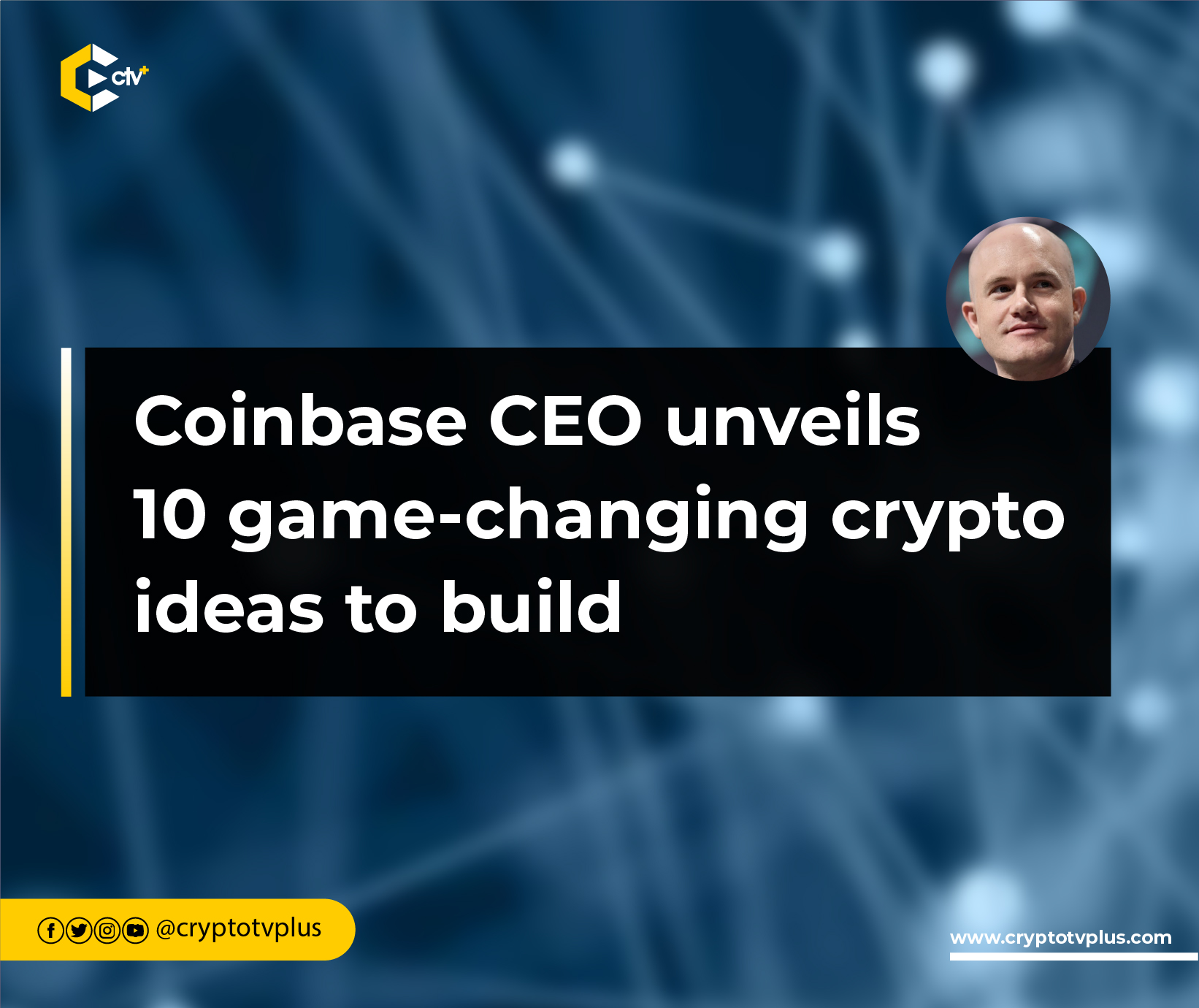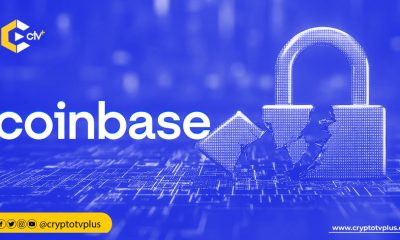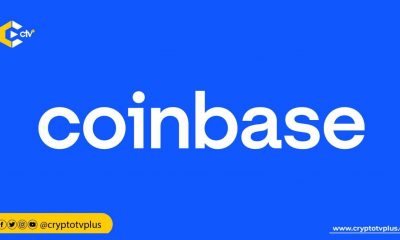News
Coinbase CEO unveils 10 game-changing crypto ideas to build

The CEO of Coinbase, Brian Armstrong, has outlined ten remarkable Web3 ideas that developers should focus on in order to transform the industry.
In describing the opportunities for builders, he notes that entrepreneurs in 2023 have a unique opportunity to build revolutionary crypto companies that will leave a lasting impact on the entire space.
The entire crypto industry has been in a bear market since the collapse of major organizations like FTX, Terra—LUNA, Celsius, and others in 2022.
While several new projects, such as Base blockchain by Coinbase, Bitcoin Ordinals, and Sei Network, have come with new propositions and innovations since their launch in 2023, they alone can not be the solution to the multitude of challenges the industry faces in onboarding more users.
The ten ideas are itemized below.
1. Flatcoin
Brian mentioned that Flatcoin can be likened to Bitcoin but should be readily available for everyday use. It should address the challenge of using cryptocurrencies like Bitcoin for daily transactions.
He added that while Fiat-backed stablecoins have emerged as a temporary solution, they can be seized.
There is a need for a new form of money that would be fully decentralized, resistant to censorship, and capable of tracking consumer prices (e.g., CPI) to maintain purchasing power.
Brian said, “The company or protocol that helps build a better form of money in crypto would have a huge impact.”
2. On-chain reputation protocol
Brian’s second suggestion is a decentralized protocol that assigns reputation scores to crypto addresses such as ENS names.
This will enhance trust and enable use cases such as lending, rating merchants, and fraud prevention.
“This is similar to how PageRank scores every website based on the graph of incoming links and associated metadata,” he added.
3. Onchain Ads model
Web2 has successfully implemented an advertising model, of which a huge part has been driven by Google and Facebook. However, Web3 has yet to have the same service.
According to Coinbase Chief, Web3 needs an ad ecosystem where smart contracts expose metadata about payments for user interactions.
It will revolutionize the way developers and startups promote their products and services to their users.
4. Onchain capital formation
Brian noted that on-chain capital formation will help redefine how raising capital in Web3 is done.
The CEO believes that this can be the next phase of older versions of ICOs that combine company registration, idea pitching, participant reputation, and on-chain fund flows, democratizing global capital formation.
5. Job marketplace for crypto
is a dire need for a job marketplace in the industry, according to the Coinbase boss. He said that by enabling job and task postings that pay in cryptocurrency, such platforms will create a more accessible and borderless job market, helping individuals across the world earn a living.
He cited examples from Braintrust and Earn.com.
6. Privacy for Layer 2
“Layer 2 solutions have started to help crypto scale, which is great,” he said. However, he sees an opportunity where developers can create privacy tools for L2s.
Why? Users want to maintain privacy while using L2s for their transactions. So businesses should begin to think of bringing privacy into L2s such as Aztec, Polygon, and zkSync.
7. P2P exchange fully on-chain
Several exchanges around the world, including Binance, OKX, and Kucoin, have operational P2P marketplaces. The number of users has revealed that the services offered are important for the global crypto ecosystem.
However, the Coinbase official is calling for a decentralized P2P exchange on the blockchain, complete with escrow, mediation, and reputation features, as it could offer greater personal freedoms and market access. He cited an example with Onboard.
Onboard is a fiat-to-crypto gateway that simplifies entering the world of crypto projects, making it as simple as possible with features such as dealing with Dapp browsers, and swap sites.
8. Onchain games
Although he is not an expert in building crypto games, Brian said that the industry has yet to attain its full potential in the gaming sector.
He believes that the intersection of crypto and gaming has only just begun and encourages the creation of games where players truly own in-game items with real-world value.
Citing an example of how the Dark Forest game began, he notes that “more games can be created with Loot.” Instead of waiting to create big games, he advises that developers start with simpler games.
Projects like Azra Games, Horizon Blockchain Games, Immutable, Plai Labs, and those from Yuga Labs are some of his examples.
9. Tokenizing real-world assets
Tokenization is now a discussion that has gone beyond the Web3 space and into legacy institutions such as JP Morgan and the World Bank.
Building on the success of fiat-backed stablecoins, Brian envisions that “over time, many forms of assets can and will be manifested on open, permissionless blockchain networks”.
This will create new financial models that are programmable, composable, readily available in global liquidity, and trustless. Goldfinch, Centrifuge, MoHash, Naos, and Mountain Protocol are examples of projects he mentioned.
10. Software for Network States
With the growing interest in network states, Brian proposes software that assists in managing voting, governance, fundraising, and services for these emerging communities.
As the idea of the Network State has been pushed by former Coinbase CTO, Balaji Srinivasan, “more network states will be started, and they will need tools to manage voting, governance, fundraising, citizenship, collecting taxes, providing services, and more,” he noted.
Read also; What Vitalik Buterin thinks about X (Twitter) Community Notes Vitalik Buterin

























15 Comments